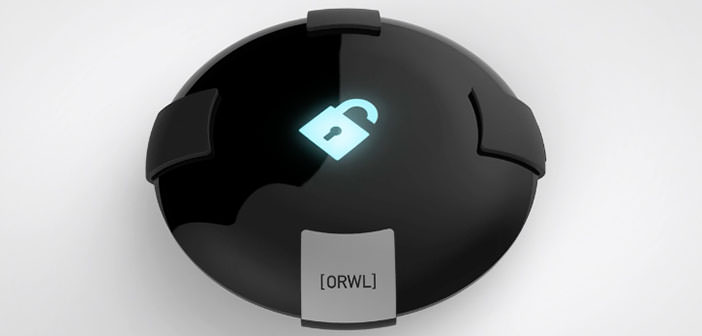This PC is self-destructive if someone tries to hack it
Orwl is a computer that is mainly based on data security integrated into the storage unit, which can safely destroy when hacking is attempted.
Security in the IT field has now become a constant topic in generalist newspapers, with hacker groups exploiting exploits and ever-advanced systems in an attempt to steal personal data and earn money.
ORWL is a small computer with not too advanced hardware that points to maximum security, especially when the same system is tampered with by an aggressor who has physical access.
The project was proposed in crowd funding twice: the first missed the $ 175k investment target on KickStarter, and then the development team required only $ 25,000 but got more than 100,000 on Crowd Supply. The ORWL is naturally inspired by George Orwell, and it represents a computer ” physically safe ” because of the ways the company uses to block the data saved on the device.
Underneath the little body we find an entire computer with Intel Core-m3 CPU with Skylake architecture, 8GB of RAM and 120 or 480GB SSD. The frame accommodates two USB 3.0 ports with Type-C format and a micro HDMI port that can reproduce a maximum 4K resolution. The system can be supplied with different operating systems, including Ubuntu and other Linux distributions, Windows 10, and also an OS called Qubes OS oriented security.
The crucial factor in the ” physical ” security of the computer is the micro-controller (MCU) used to store and generate the cryptographic key of the integrated storage unit. According to Design Shift, that is, the company that designed ORWL, this MCU is integrated on the motherboard and checks the integrity of the firmware each time before booting. The MCU is linked to a kind of ” active mesh ” that twists the computer body.
This mesh integrates techniques very similar to those used to protect ATMs and contains a crashed circuitry when trying to tamper with the system by initiating the destruction of the encryption key stored in the MCU. The procedure can be triggered when different types of attacks are performed, for example, via USB devices, by deleting any access to the data on the computer.
For authentication of the owner, the system adopts a working system via NFC and Bluetooth, which detects a kind of tag if it is nearby. When the tag goes away, the computer freezes, releasing itself when the NFC chip is back in the range. ORWL is based on a project that will be provided as the open source for both software and hardware, such as parts related to BIOS, controllers, and unlock tags.
The project is interesting, but it is perhaps too far, considering that the systems implemented by Apple and Microsoft, among many others, on the latest systems are already sufficiently secure for the vast majority of users. Sales of such products, such as Blackphone, have never been exciting, and even the BlackBerry itself – which has always been busy on the security front – has been shining for some time now.

